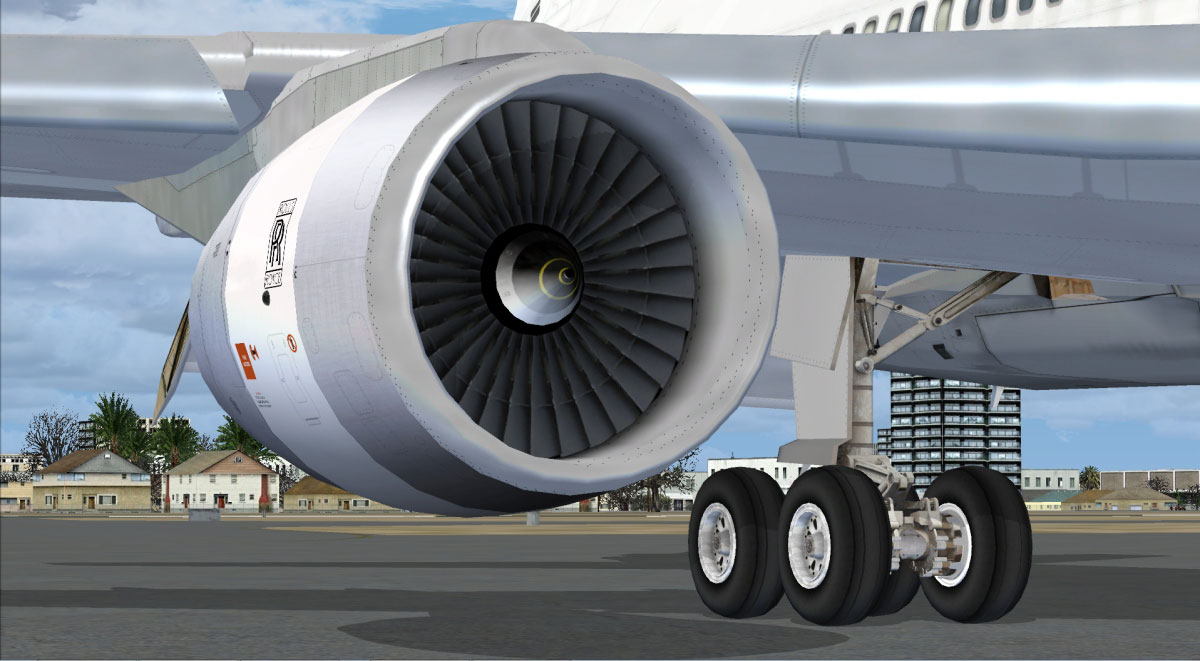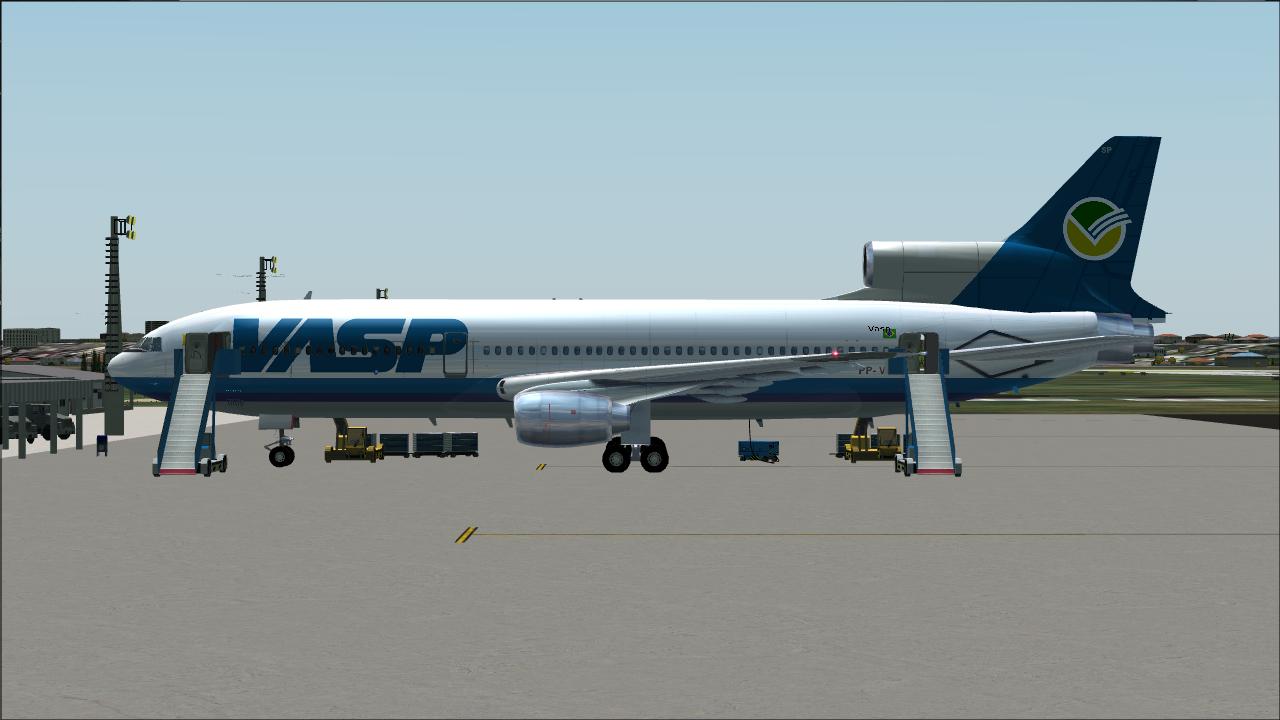
In the early 90s, Orbital Sciences Corporation modified a unit to be part of the rocket-launching process.


While it may be a thing of the past in the commercial realm, one company still recognizes its technological benefits. The L-1011 highlighted what could be achieved in the jet industry if the technology was cultivated well. There was also a PR disaster when Lockheed bribed figures in the Japanese government to partly pay for All Nippon Airways’ purchase of the L-1011. Nonetheless, McDonnell Douglas would also soon disappear from the commercial jet race after being snapped up by Boeing in the following decade. It sold 250 units, but it would have had to sell 500 if it was to become profitable. This factor ended up causing the project huge losses. Therefore, it lost out on crucial revenues from potential sales that went to the McDonnell Douglas aircraft. However, since it was highly ambitious, it was beaten to the market by a year by a key rival in the form of the DC-10. Photo: Getty Images Playing catch upĪltogether, the L-1011 was a superb aircraft for its time. But the company exited on a high note, having created, in one pilot’s words, ‘the most intelligent airliner ever to fly.'” Lockheed would eventually pull out of the civil market completely. A total of 250 TriStar jets were produced by Lockheed, and the L-1011 marked the company’s final commercial passenger airliners. “But the financial troubles proved too much to overcome. The L-1011 fleet had a remarkable in-service rate that reached 98.1 percent reliability,” Lockheed Martin adds. “Dubbed the Whisperliner by Eastern Airlines due to its quiet takeoffs and a noticeable lack of noise in its passenger cabin, the production of L-1011 continued until 1983. This moment helped to create confidence in new forms of flight tech. This was the first transcontinental flight without the need for human hands on the controls. For example, on May 25th, 1972, test pilots Anthony LeVier and Charles Hall flew 115 crew members, employees, and reporters on a four hour and 13 minute trip from Palmdale, California, to Washington Dulles with the TriStar’s AFCS feature in place from takeoff to landing. These modern features helped some groundbreaking moments to be achieved. Whereas other wide-bodied jets had to be diverted to alternate airports, L-1011 passengers could rest assured that they would touch down precisely where they were scheduled to land.”


“Thanks to its impressive autopilot feature, the TriStar was given special clearance by the FAA to land during severe weather conditions. Tristar pilots simply had to dial altitude and course changes into the flight control system and monitor their instruments, and the L-1011 would fly and land on its own, descending smoothly onto the runway by locking in to an airport’s radio beacons,” Lockheed Martin shares on its website. But it was TriStar’s pilots who had access to its most thrilling feature: an advanced fly-by-wire automatic flight control system. Flight crews appreciated its extra-wide aisles and overhead bins. “Passengers loved riding in it, thanks to a unique engine configuration that reduced sound in the cabin.


 0 kommentar(er)
0 kommentar(er)
